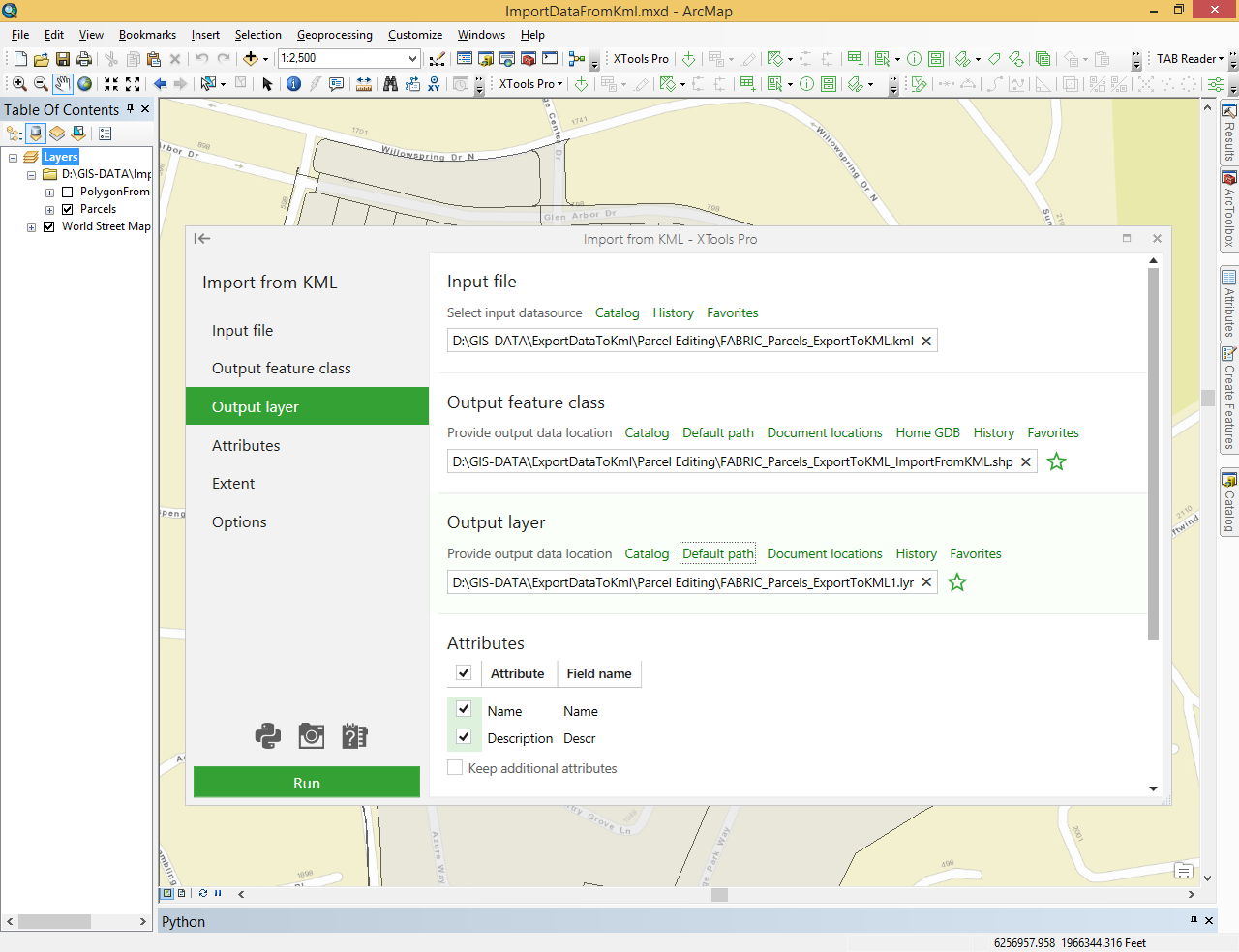


Q2 Do you have a spatial reference defined in the geodatabase? If yes go to Q3, else follow steps 1 to 9 below: Once the model add process is complete save the map file (*.mxd).For further assistance on setting spatial references and related settings please consult the ArcMap documentation. Make sure the correct Spatial Data Coordinates Unit is selected, then click OK.Ensure that the X/Y Domain settings are valid for your model.Select the appropriate spatial reference (projected coordinate system) by clicking the Change -> Select.e.g., if the model database is called "" a geodatabase file called "MyModelGeo.sqlite" might be appropriate. In the Attach Geodatabase dialog select the blue folder at top right and create a new Geodatabase with the name of your choice.Locate and select the model *.wtg and click Open.From the WaterGEMS CONNECT toolbar, choose WaterGEMS CONNECT -> Hydraulic Model -> Add Existing Hydraulic Model.Q1: Do you already have a *.mxd (ArcMap map file)? If yes go to Q2, else follow steps 1 to 10: Each question is relating to your WaterGEMS CONNECT model. Each question will result in either performing some steps or moving on to the next question. In order to describe how to export WaterGEMS CONNECT data to Google Earth we will cover a set of questions to determine which steps need to be performed. Preparing to Export to Google Earth from ArcGIS The model if opened in the WaterGEMS CONNECT stand alone interface is in scaled drawing mode (Tools -> Options -> Drawing Tab -> Drawing Mode: Scaled). For the purpose of describing the export process these steps will assume that the model you wish to export has been defined (laid out) in terms of a well-known spatial reference (coordinate system).


 0 kommentar(er)
0 kommentar(er)
